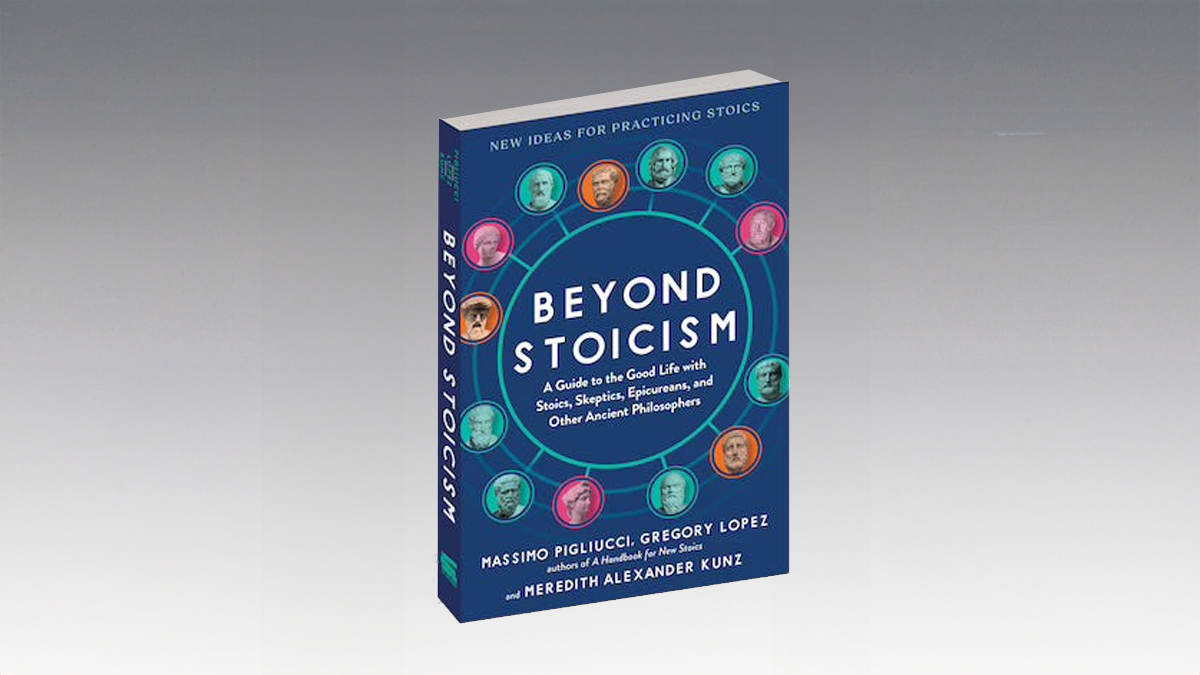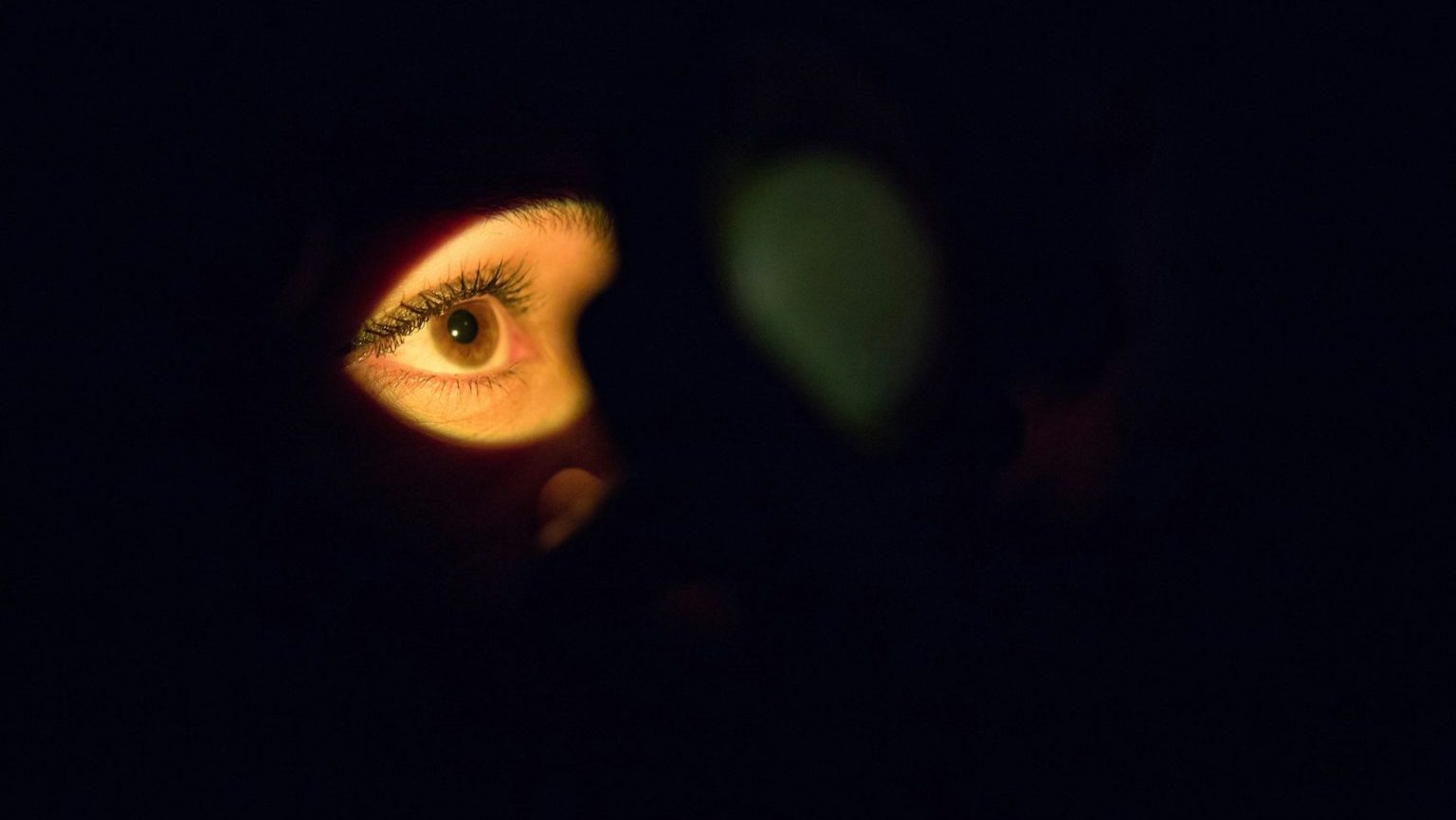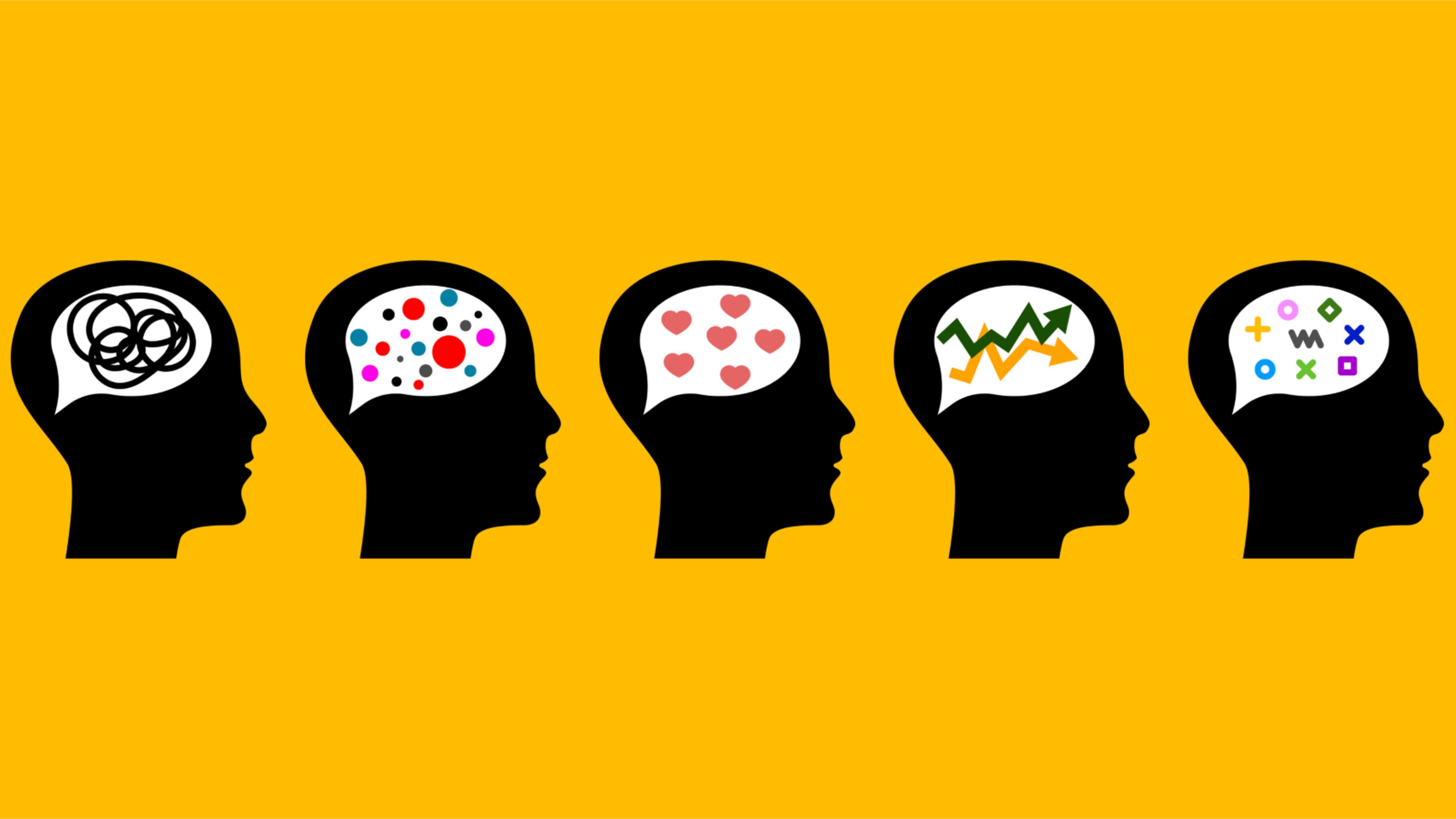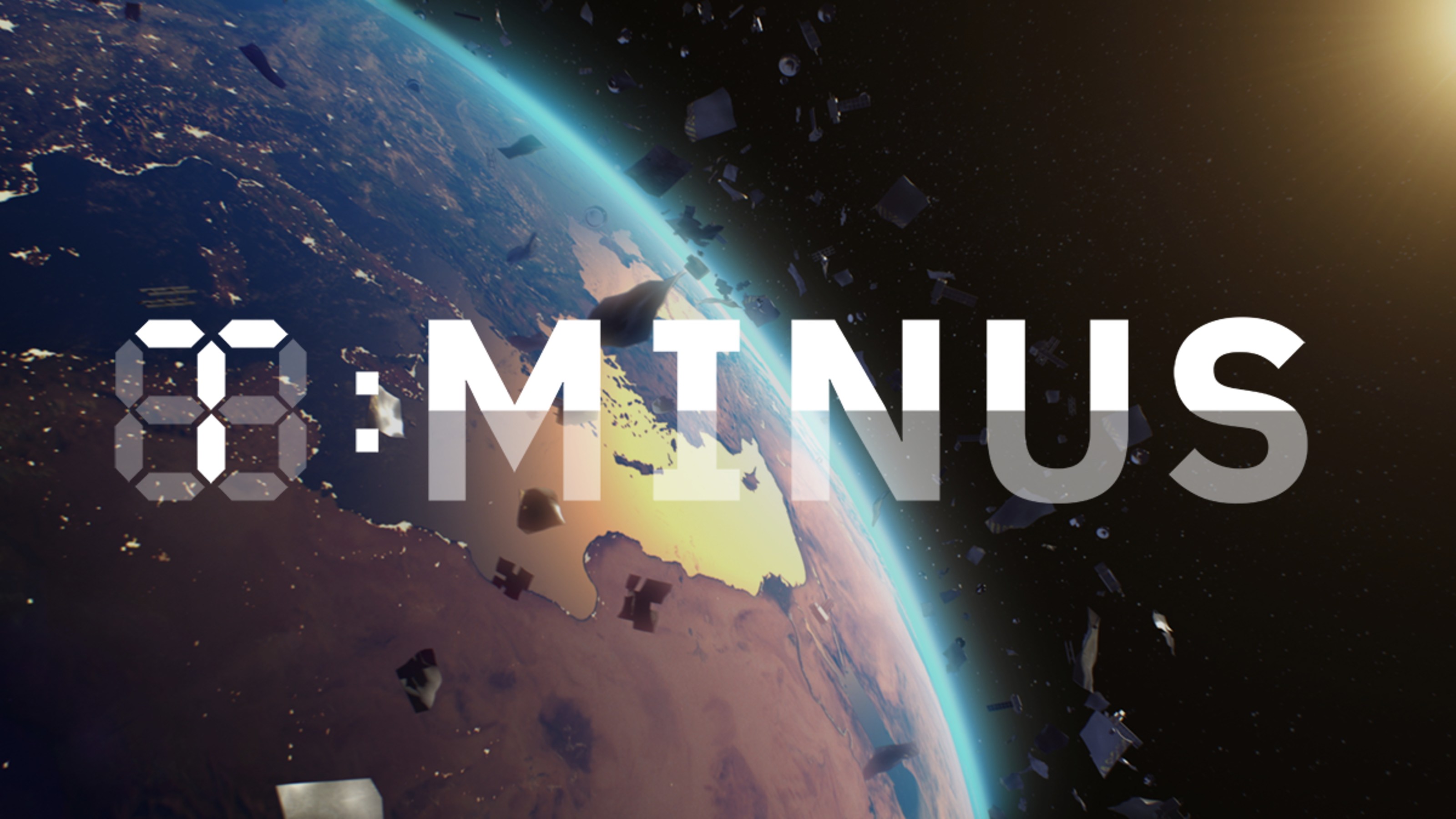New research on the underlying causes of autism could soon lead to earlier diagnoses and better treatments.
Question: What will be the impact of yourrn research on autismrntreatment?
rnrnMichael Wigler: Yes, well there are two waysrn in which ourrnwork could inform clinical treatment. rnIn the area of early diagnosis. rnIf there’s a child and it’s developing—it’s giving off rndevelopmentalrnclues there might be something wrong, if we had a list of the kind of rngeneticrnlesions we could screen for, we might be able to determine early on thatrn thisrnchild is going to develop a form of autism. And rnif it’s correct—most disorders are correctable to thernextent that they are correctable, are more correctable early than late, rnwhen wernknow how to correct or treat, we’ll be able to start that sooner. So, early diagnosis is going to bernimportant for any disorder. That’srnone way.
rnrnAnother way is children with a particular genetic rnabnormality,rnthat is, those children who share genetic abnormality, may have one rnparticularrnway of treating them that’s different than children who have a differentrnabnormality. We will only learnrnabout that once we can separate these children according to their rngeneticrnabnormalities. That’s going torntake many, many years.
rnrnThe third way is that in some cases, we will be rnidentifyingrngenes, who by their very nature, tell us this is a correctable, rntreatable,rnsyndrome. For example, we find arngene that’s involved in metabolism. rnThis child is perhaps got really a storage disorder of some type,rn butrnaltering the diet in those cases might be able to treat the child. But unfortunately, we don’t yet knowrnthe identities of the autism genes. rnWe have regions and there’s a huge effort underway. rn I would say, in particular by doingrnvery exhaustive sequence comparisons of children to their parents, we rnwillrnidentify the actual culprit genes. rnAnd that will take us two to four years. Andrn there may be, unfortunately, I’m estimating around 400rnsuch genes that each one of which can cause autism. Butrn when we have those genes, we see what they do; we canrnsee what pathways they are interacting with, some of those will suggestrnimmediately treatments that can be tested. We rnwill be able to make animal models and test drugs inrnanimals to correct these things.
rnrnSo, in general, the way to understand a disorder isrn tornunderstand its causes and then address those causes. Inrn the case of autism, most people would agree, I think mostrnscientists would agree the causes are genetic, and we have a pathway torndiscover the genes. So it will berneasier to diagnose, classify by diagnosis into behavioral and even drugrntreatments, and discover new drug treatments.
Recorded April 12, 2010





